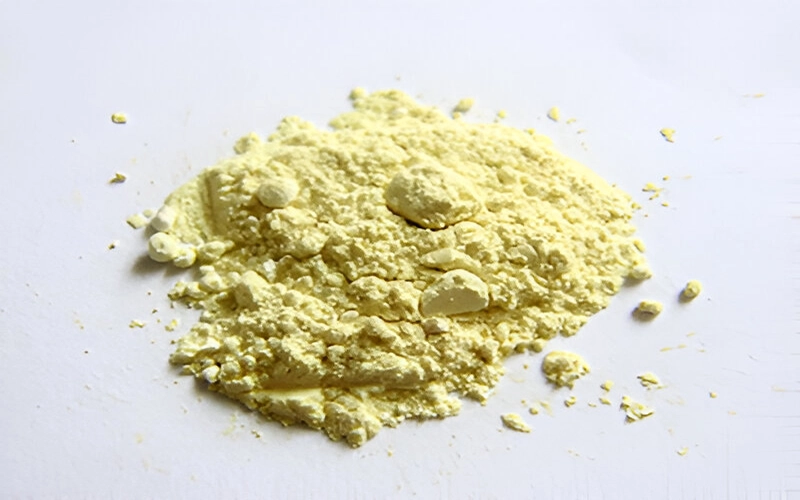Molybdenum oxide (MoO₃) is an important inorganic compound that is vital in various industrial and scientific applications. It exists in several oxidation states, but the most common and commercially significant form is molybdenum trioxide (MoO₃). This yellow or white crystalline solid is derived primarily from molybdenite (MoS₂) through roasting, and it serves as the chief intermediate in the production of metallic molybdenum.
One of the defining characteristics of molybdenum oxide is its high thermal and chemical stability. It is insoluble in water but soluble in alkaline solutions, forming molybdate ions. Structurally, MoO₃ exhibits a layered orthorhombic crystalline form, which makes it an interesting candidate for use in electronics and catalysis due to its two-dimensional properties.
In catalysis, molybdenum oxide is widely used in petroleum refining processes, particularly in hydrodesulfurization (HDS), where it helps remove sulfur compounds from fuels. MoO₃ is often supported on alumina and combined with cobalt or nickel to enhance its catalytic activity. This is crucial for producing cleaner fuels and meeting environmental regulations.
MoO₃ also finds applications in electronic and optoelectronic devices. Thanks to its wide band gap (~3 eV) and ability to function as an n-type semiconductor, it is used in thin-film transistors, gas sensors, and electrochromic devices. Its layered structure allows for the intercalation of ions, making it a promising material for lithium-ion batteries and supercapacitors. Moreover, molybdenum oxide thin films are used as transparent conductive layers in solar cells and OLEDS, contributing to energy-efficient technologies.
In ceramics and glass manufacturing, molybdenum oxide is added to impart desirable thermal and optical properties. It can enhance the durability and resistance of glass to chemical attacks, making it suitable for laboratory glassware and high-performance optical lenses.

Environmentally, molybdenum oxide is considered to have low toxicity in small amounts, although excessive exposure can pose health risks. As such, handling and disposal must follow appropriate safety guidelines.
In summary, molybdenum oxide is a versatile compound with significant applications across energy, electronics, environmental, and materials science sectors. As research into advanced materials and green technologies continues to expand, the relevance of MoO₃ is likely to grow, particularly in sustainable energy storage and smart electronic systems.
Molybdenum oxide (MoO₃) is a yellow-white crystalline compound widely used in catalysis, electronics, and glass manufacturing. Known for its thermal stability and semiconducting properties, it plays a key role in hydrodesulfurization, energy storage, and smart devices. Its versatility makes it vital in both industrial and scientific applications.

| Mo | Cu | S | C | Si | Size |
|---|---|---|---|---|---|
| 60-64% | <0.2% | <0.1% | <0.1% | 0.5-1.5% | 0-4mm |